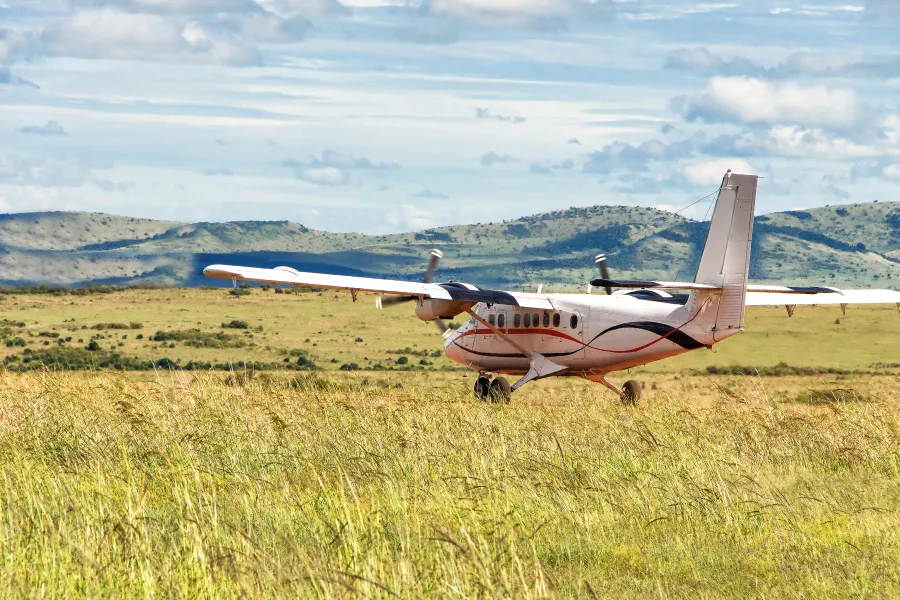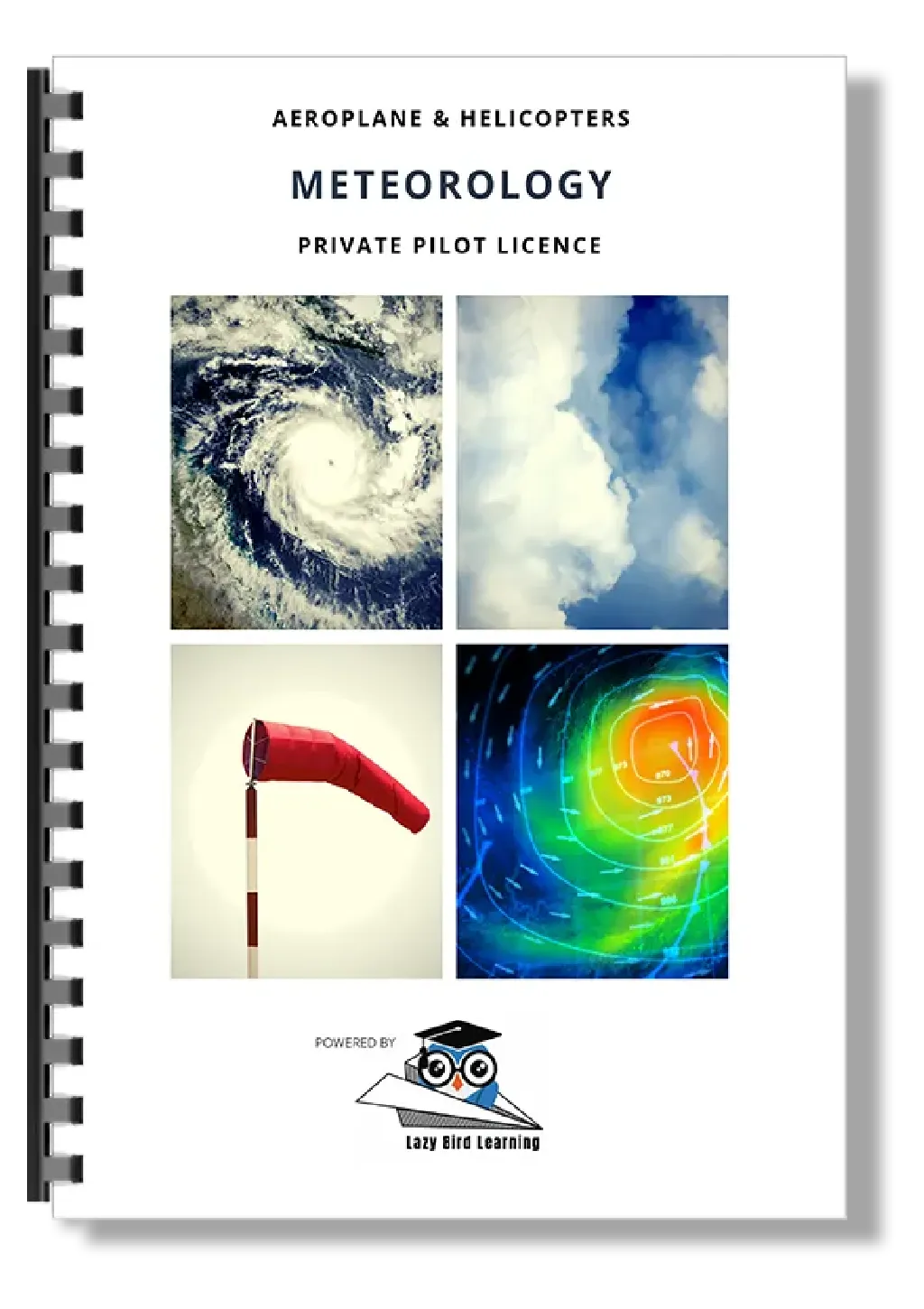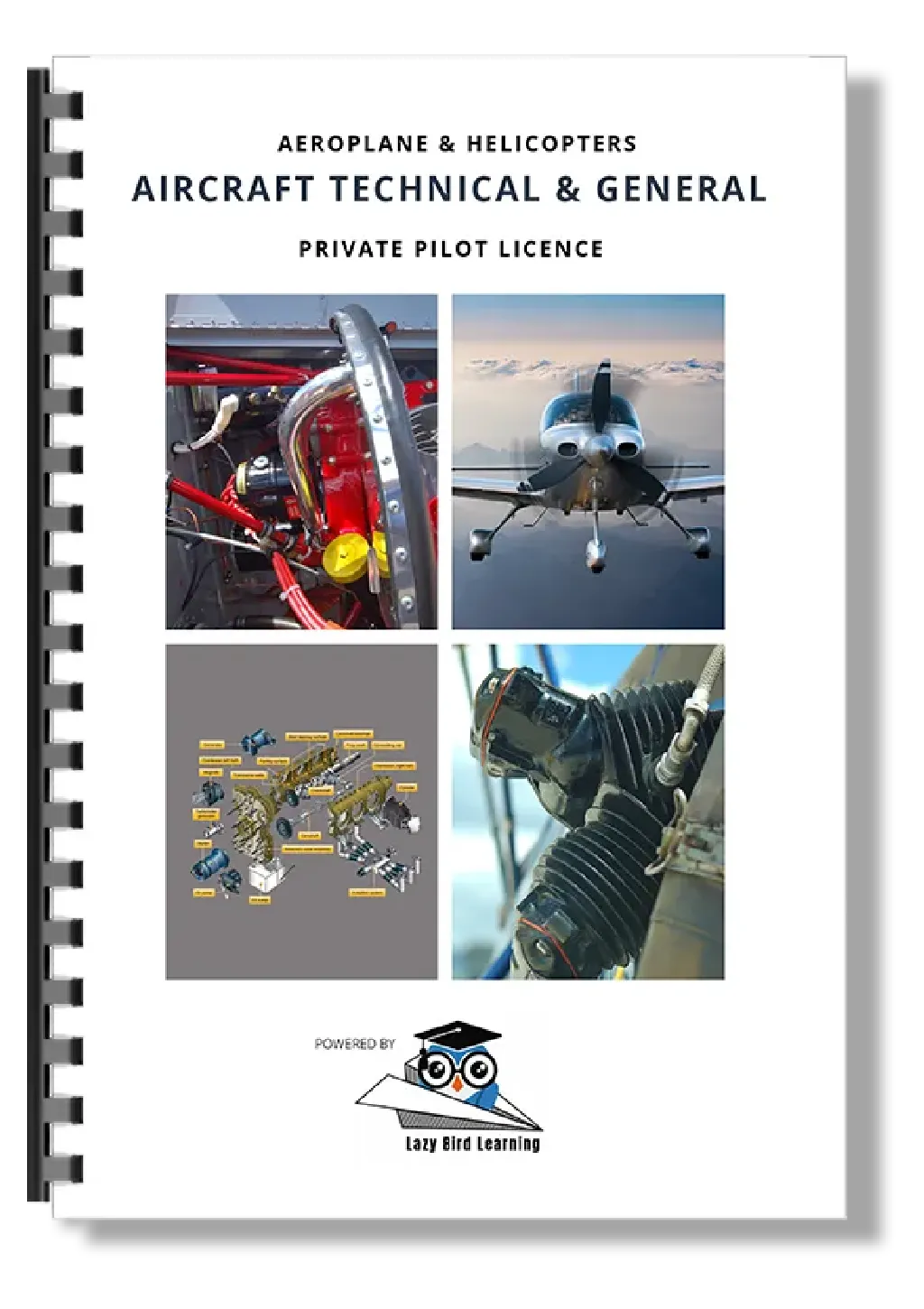The weight of Theory
“They say that, once the paperwork weighs the same as the aircraft, you can fly. Pilots and students agree that there is an overwhelming amount of theory to be covered throughout your career and, while many have passed by simply studying questions and answers, few have mastered the knowledge required to ensure a safe and successful career. As the expression goes – there are old pilots and bold pilots, but there are no old, bold pilots. To become an old pilot, you need to master flight – both academically and practically. There is no substitute for thorough preparation – whether it’s a technical and a pre-flight or studying followed by knowledge testing, prior preparation always prevents poor performance….”

“It’s challenging to pinpoint a single occasion when the theory learned while studying for Private Pilot, Commercial and ATPL examinations has proven useful. Aside from mentally calculating Mach numbers to pass the time during long flights over open, uncontrolled terrain, where there isn’t much else to keep me awake, there have been numerous instances where possessing this knowledge has spared me from embarrassment or worse. The Mach formula and the conversion of IAS to TAS have been particularly valuable. While it might be cool to inform passengers in your ancient VW Beetle that you’re cruising at Mach 0.12 down Van Reenen’s Pass, there are deeper layers to this knowledge that can keep you out of trouble if applied correctly.
Density Altitude poses its challenges, requiring mental calculations before consulting performance charts to determine whether a departure from short strips in a war zone will be heroic or end in ignominy. It also helps decide whether loading Grandma and Cousin Cuthbert for a trip around the patch in a Cessna 172 with full fuel will result in a messy crash, an embarrassing 200fpm climb out, or a professional departure showcasing good skills.
Fuel and Weather Planning demand a comprehensive approach, utilizing all available sources to check weather conditions and plan fuel loads. In remote areas with no forecasts, you must rely on area forecasts where possible, along with satellite images and METARs from nearby airfields. Actual satellite images, not the speculative rainfall estimates found on some online weather sites, are invaluable. In regions like the middle of Africa or the Gobi Desert, where there’s no data-gathering equipment, no met stations, and no weather radar, rainfall data on maps is merely an estimate. The key is interpreting satellite images by checking cloud edges, infra-red views for temperature gradients, and the speed of advance and build-up, which are among the most useful tools available.
This information not only informs you about current conditions but also helps anticipate what lies ahead. Weather radar has limitations in that it can’t reveal what’s behind the immediate weather in your path; there might be clear weather behind a squall line or turbulent conditions after a big system.
Now, the question of fuel load arises in commercial operations, where delivering value for money is essential. Determining the required fuel involves considering factors like poor weather, potential route deviations, or changes in alternate airports. In a perfect world, flying with full fuel all the time would be ideal, but compromises are inherent in aviation.
When factoring in shorter strips, higher density altitudes, and adverse weather, delivering commercial value becomes more challenging. Safety is paramount, but there’s also a job that needs to be done.
While there are numerous other factors to consider, these are a few to contemplate. This brief article only scratches the surface. Without a solid understanding of flight planning theory, meteorology, aircraft performance, and the physics of hot and high operations, safe operation in areas with little to no aviation support is impossible. Larger airlines employ professionals to handle these details for their crews, but smaller operators and those working in remote areas must do it themselves. It’s a responsibility that comes with the job, and it’s what we’re paid to do.
In essence, it’s worth the effort to ensure me and my craft reach destination safely. If I arrive safely and content, so does everyone and everything behind me.”
Written by an old ATPL Pilot


OUR RANGE
From Principles of flight all the way through to Air Law, each and every subject needs to be understood, to ensure that you are aware of everything that is happening to the aircraft during all the phases of flight. In addition, as your career progresses to the airlines/charter companies, most interview questions are based on this theoretical foundation. Gone are the days of learning questions and answers.
